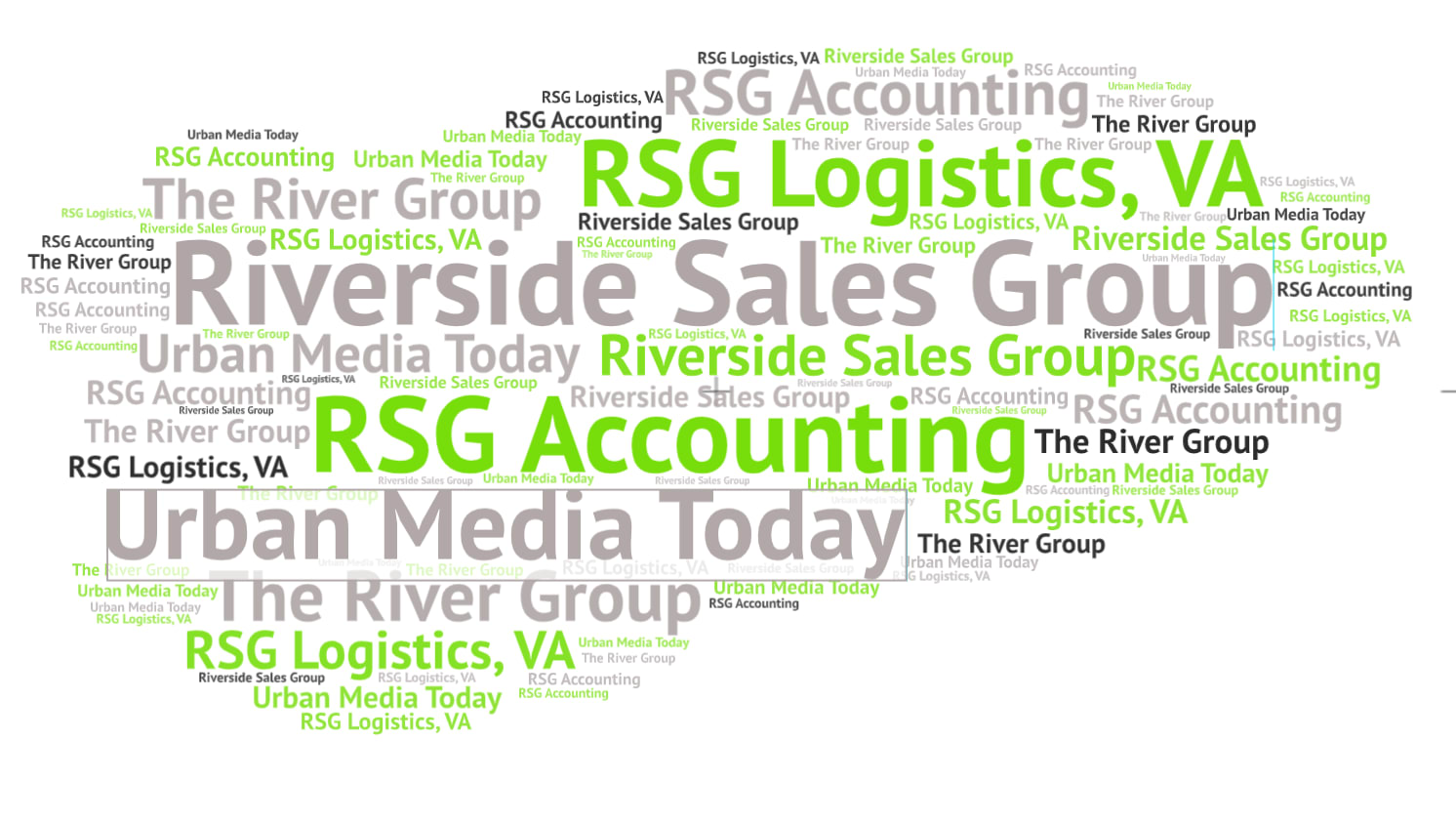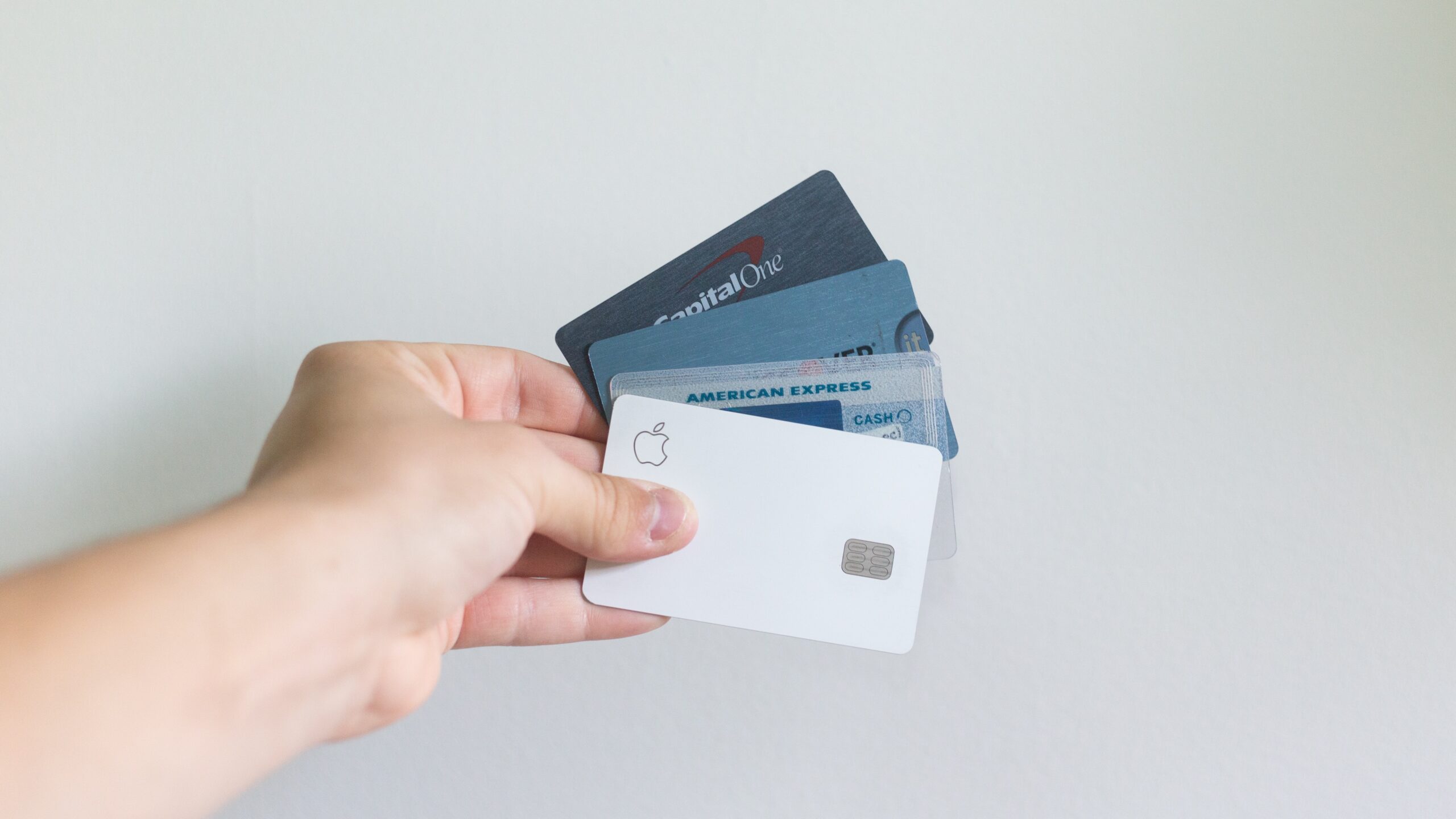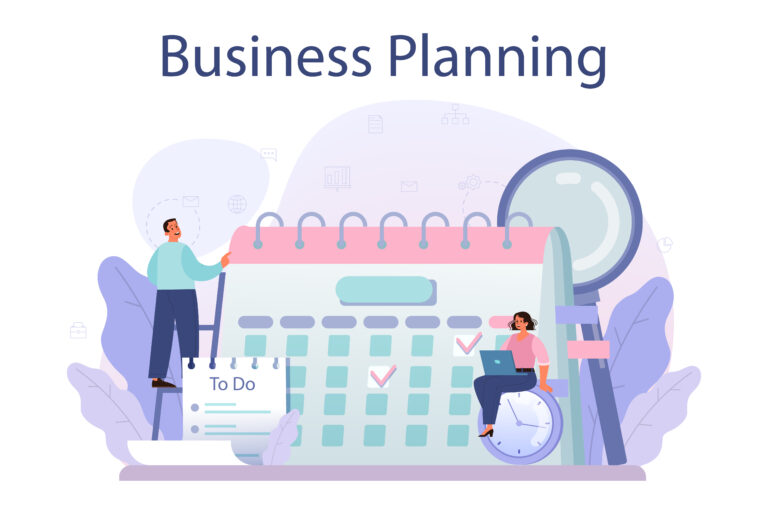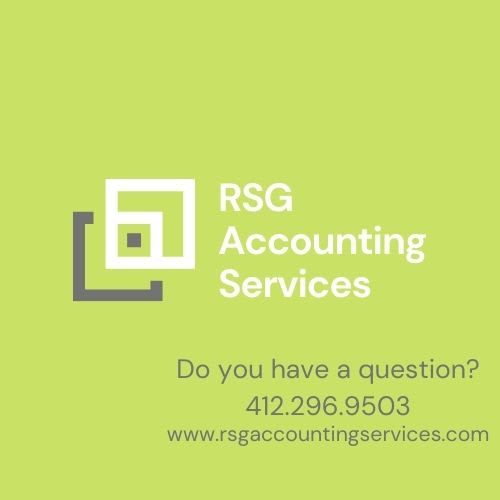How to Increase Your Credit Worthiness Without Going Broke
When I was a second semester freshman at the University of Pittsburgh, I was your typical “broke” college student. I had less than $100 in my bank account and a majority of my undergraduate college education was funded with student loans. I managed my daily expenses through my paid work study position, extra money from my student loans and financial support from my mother.
It was a challenging time managing not having a lot of money and working toward gaining admittance into the industrial engineering program; however, I was determined to succeed and become the first engineer in my family.
During the spring semester, I wanted to join my college roommates on a spring break trip to Florida. I had no money saved in my bank account, however. I didn’t want to ask my family for any additional financial assistance, and working an extra job wasn’t an option due to my full-time college course schedule. I had very limited options, but I knew that I wanted to go and experience my first vacation as a college student along with taking my first airplane flight.
After leaving one of my college classes, I saw a credit card company promotional table in front of my dormitory. The people at this promotional table were encouraging students to apply for credit cards. I had no financial literacy or experience with a credit card. Also, I didn’t know how credit cards worked or how I would pay back what I owed.
However, I had no other options to fund my spring break trip, so I applied for my first credit card. A week later, I was approved for $500 credit limit, and it was maxed out within the next four weeks. By the time I entered my senior year of college, I had two credits cards in collections and my credit score was between 550-600.
Over the next 20 years, I accumulated over $200,000 of consumer debt, which included student loans, credit cards and a rental property. I was living paycheck to paycheck with no clear solution on how I was going to eliminate my six-figure debt. Also, I was using credit cards to fund my lifestyle and pay for my monthly expenses, such as groceries and dining out with family and friends.
In December 2017, I decided I needed to change my financial situation as I was desperate to try something new that would generate immediate results. In February 2018, after conducting some online research, I decided to enroll within a nine-week financial coaching.
Based on my research, I knew this financial coaching program that had a great track record of getting people who made less than a six-figure income quick results in eliminating debt. Within 20 months of completing the program, I eliminated $169,000 of my consumer debt (including credit cards). As of today, I am aiming to become “debt-free” before Dec. 31, 2022.
Here’s what you need to do if you want to increase your credit profile without breaking your wallet at the same time.
Know Your Credit Score
When I started getting focus on eliminating my consumer debt in 2018, I rarely checked my credit score as I assumed it would be under 600. Also, I didn’t want to confront myself and realize how my past mistakes and ignorance with using credit cards was impacting my credit score. However, I realized that in order to make a change, you must confront your mistake in order to learn from it and not repeat it in the future.
A free tool that I used to help me review my credit score was Credit Karma. Credit Karma provides free access to your credit score and report at any time to monitor any inaccuracies or new tradelines associated with your account. Each month, I review Credit Karma to verify the information listed is correct and to see any increases to my credit score. Also, most banks provide a feature where you can check your FICO credit score monthly as part of your online banking service.
Spend Within Your Credit Limit
In addition to reviewing my credit score monthly, I educated myself on how my credit score was calculated. I discovered that 30% of my credit score is based on the outstanding balance for the credit card. When I first started using credit cards, I would use 100% of the credit card limit. I didn’t realize that doing this each month was drastically impacting my credit score. This behavior was showing the credit card company that you highly dependent on your credit cards that I was not being responsible with credit.
When you get a credit card, you should aim to spend less than 30% of the credit limit to maintain and/or improve your credit score. This demonstrates that you only need your credit card for financial emergencies or keep the account active. Also, you can manage your debt payments more effectively as you will likely focus on leveraging your bank account versus accumulating more consumer debt.
Pay More Than The Minimum Payment
In order to elevate your credit score and your debt elimination, you need to focus on paying more than the minimum payment due for your credit cards. When you just make the minimum payment each month, the majority of your payment is covering the interest and any fees during your billing cycle. Also, it can take a very long time to pay off the credit card debt. According to Nerd Wallet, it can take 6 years and 11 months to eliminate a $5,000 credit card balance with a 16% APR and a $100 minimum payment.
As I started developing my debt elimination plan in April 2018, I focused on paying the minimum payments on my credit cards and adding any extra money towards the smallest outstanding credit card balance. This strategy helped me to achieve eliminating $169,000 of consumer debt in 20 months and it keep me motivated in finding ways to save additional money within my monthly budget.
Pay Your Credit Card Payment On Time
Once I became a senior in college, I signed up for a credit counseling service program as I was delinquent on two credits cards due to my inconsistent payment history. My credit cards were in collections, and I didn’t know what I should do next. I decided to sign up for credit counseling as I needed additional guidance and a financial solution to assist me with managing the collection notices and phone calls that I was avoiding.
When I got serious about eliminating debt in April 2018, I focused on making all my minimum credit card payments. I reviewed all my credit card statements and documented within my calendar the due dates to avoid missing a payment. Payment history makes up 35% of your credit score and I knew maintaining my credit score was essential as I was progressing towards financial independence.
In order to avoid missing payments before the due date, I setup an automatic payment from my banking account. Also, if you need to move the due date of your credit card payment, you can call the credit card company for a courtesy service request to avoid getting any late fees. Finally, if you are experiencing a financial hardship, you can make payment arrangements within the credit card issuer.
Conclusion
In looking back on my financial journey, I can say I have made a lot of mistakes using credit. However, I have learned that leveraging credit can only be a useful tool if you have the knowledge to make it work for you without damaging your credit score or bank account. Through my business as a financial coach, my goal is help professional millennial women of color to start using their bank accounts to build wealth without the need to use credit to fund their dream lifestyle.
Shaquana Watson-Harkness is a wealth literacy expert and personal finance contributor who has been featured on Grow, CNBC Make It, KYW News Radio, Next Advisor and Black Enterprise. She is the founder of Dollars Makes Cents and her goal is to help professional millennial women of color achieve financial independence by shifting their mindset towards wealth building. Stay connected through her blog, Instagram or Facebook for more personal finance tips and resources.
Photo: Avery Evans/Unsplash






